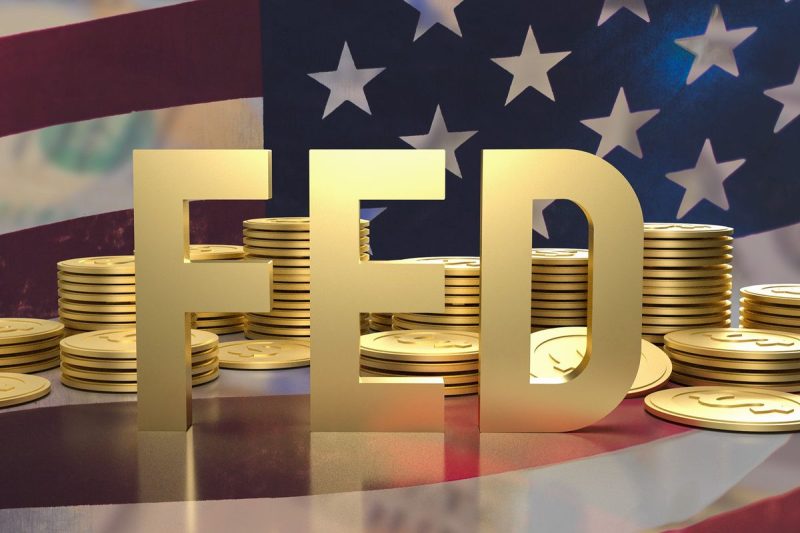In the recent financial landscape, the price of gold has surged to a new record, surpassing the $2,200 mark, as the Federal Reserve chose to leave interest rates unchanged. This significant development has captured the attention of investors worldwide, as they evaluate the implications of these events on the broader economic landscape.
One of the key drivers behind the increase in the price of gold is the decision by the Federal Reserve to maintain interest rates at their current levels. Interest rates play a crucial role in shaping the demand for gold as an investment asset. When interest rates are low, the opportunity cost of holding non-interest-bearing assets like gold decreases, making it a more attractive investment option. As a result, investors tend to flock to gold as a safe-haven asset during times of economic uncertainty or low-interest rate environments, driving up its price.
Moreover, the decision by the Federal Reserve to stand pat on interest rates signals a cautious approach to monetary policy in the face of ongoing economic challenges. The central bank’s reluctance to raise rates suggests concerns about the pace of economic recovery and the potential impact of external factors such as the ongoing pandemic and geopolitical tensions. In such an environment, investors seek to protect their wealth by allocating funds to assets like gold that are perceived as safe havens during turbulent times.
The record-breaking surge in the price of gold also reflects broader concerns about inflation and currency devaluation. With central banks around the world undertaking unprecedented monetary stimulus measures to support their economies, fears of rising inflation and currency depreciation have intensified. In such a scenario, investors turn to gold as a store of value that is expected to hold its worth in the face of inflationary pressures and currency devaluation.
Furthermore, the geopolitical landscape has also played a role in driving up the price of gold to new heights. Geopolitical tensions, trade disputes, and uncertainty surrounding global economic policies have added to the allure of gold as a hedge against political and economic instability. As investors seek to safeguard their portfolios against geopolitical risks and uncertainties, the demand for gold has surged, propelling its price to record levels.
In conclusion, the confluence of factors including the Federal Reserve’s decision on interest rates, concerns about inflation and currency devaluation, and geopolitical tensions has led to a surge in the price of gold, pushing it to new record highs. As investors navigate through a complex and uncertain economic environment, gold continues to shine as a safe haven asset that offers protection against economic risks and uncertainties. The recent developments in the gold market underscore the enduring appeal of this precious metal as a valuable investment option in times of turmoil and volatility.



























